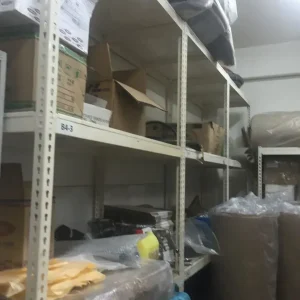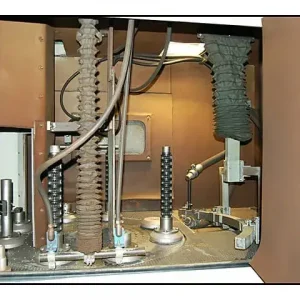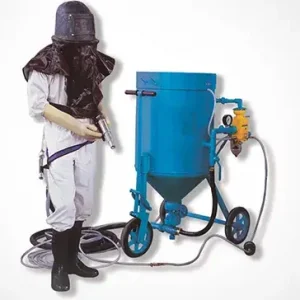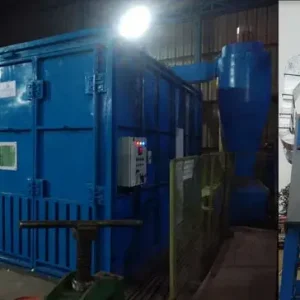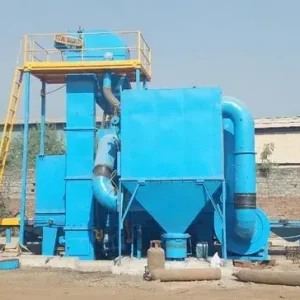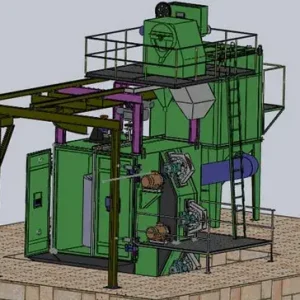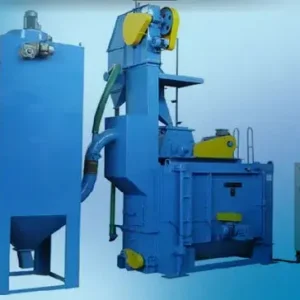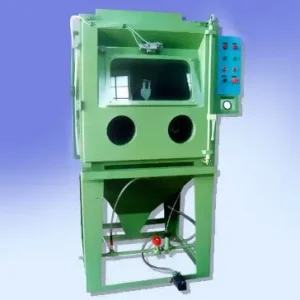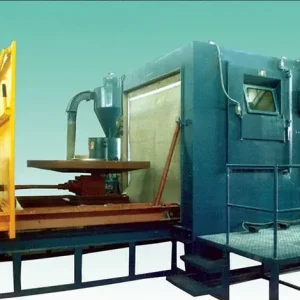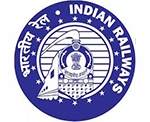In sand blasting (abrasive blasting), many factors affect the final result—abrasive type, pressure, blasting technique, and surface preparation. But one factor that often gets overlooked is the nozzle size. Choosing the right nozzle size in a sand blasting machine is just as important as selecting the abrasive.
At Aerowheel Surface Finishing, we know that nozzle size directly impacts productivity, surface quality, and operating costs. Let’s understand why nozzle size matters so much in sand blasting.
What Does a Nozzle Do in Sand Blasting?
The nozzle controls the flow of compressed air and abrasive media. It determines how fast, wide, and forcefully the abrasive hits the surface. Think of it as the “steering wheel” of the blasting process—if it’s not the right size, the entire process suffers.
How Nozzle Size Impacts Sand Blasting
1. Blasting Speed and Coverage
- Larger Nozzles allow more abrasive to pass through, covering a bigger area quickly. This improves productivity but requires more air volume (CFM).
- Smaller Nozzles give more control for precision work but cover less surface area at a time.
2. Air Pressure and Compressor Load
Each nozzle size needs a specific airflow. For example:
- A small nozzle (3–4 mm) works with smaller compressors and is suitable for light blasting.
- A large nozzle (6–8 mm or more) demands higher air volume but delivers faster cleaning power.
Using the wrong size can either overload the compressor or waste blasting potential.
3. Surface Finish Quality
- Smaller nozzles create a more concentrated blast stream, ideal for detailed or delicate surfaces.
- Larger nozzles deliver a broader blast pattern, suitable for heavy-duty cleaning and rust removal.
The finish depends on balancing nozzle size with abrasive type and blasting pressure.
4. Abrasive Consumption and Cost
Nozzle size also affects how much abrasive is consumed.
- Large nozzles = higher abrasive usage = faster work but more cost.
- Small nozzles = lower abrasive usage = slower work but more precision.
Choosing the right size saves both time and money.
Shot Blasting Machine Manufacturers in Jodhpur – A Complete Guide
Safety Precautions When Operating Shot Blasting Machines
How to properly maintain shot blasting equipment for optimal performance.
Common Nozzle Sizes in Sand Blasting
- 3–4 mm → Fine detailing, light blasting, small components.
- 5–6 mm → General-purpose blasting, medium jobs, surface prep.
- 7–8 mm → Heavy-duty blasting, large structures, industrial cleaning.
Aerowheel’s Expertise in Nozzle Selection
At Aerowheel Surface Finishing, we carefully choose the nozzle size based on:
- Type of surface (metal, concrete, delicate parts).
- Project scale (small components vs. large structures).
- Desired finish (smooth polish vs. deep cleaning).
- Equipment capacity (compressor airflow, abrasive type).
This ensures maximum efficiency, reduced abrasive waste, and the best possible surface finish.
Final Thoughts
The nozzle size in sand blasting machines is not just a technical detail—it’s a critical factor that determines efficiency, quality, and cost-effectiveness. Selecting the right nozzle ensures faster cleaning, better finishes, and safer blasting operations.
If you’re looking for expert sand blasting and surface finishing services, Aerowheel Surface Finishing provides the perfect balance of technology, precision, and experience to deliver outstanding results.








